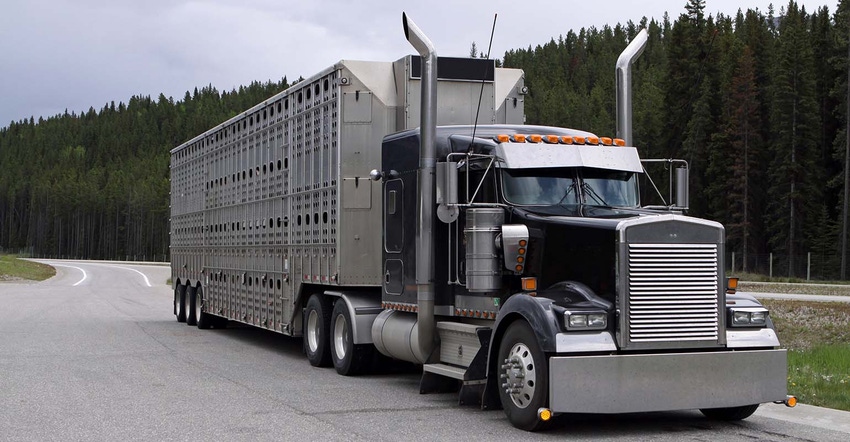November 29, 2021

The Federal Motor Carrier Safety Administration announced today the extension of the modified Emergency Declaration issued in March of 2020. The extension continues the waiver for commercial truckers from the federal Hours of Service regulation to Feb. 28, 2022.
The HOS rule limits truckers to 11 hours of driving time and 14 consecutive hours of on-duty time in any 24-hour period and requires prescribed rest periods.
At the outset of the COVID-19 pandemic in March 2020, the FMCSA included livestock haulers in an initial emergency declaration that provided an exemption from the HOS regulation for commercial truckers hauling essential supplies, including livestock. The waiver subsequently was expanded to cover the delivery of livestock feed.
“We’re pleased the FMCSA recognized the challenges COVID still presents and the problems it has created, including supply chain issues, for the livestock industry and acted accordingly,” said National Pork Producers Council President Jen Sorenson. “Extending the HOS waiver ensures that livestock truckers can get hogs to market safely and efficiently. Likewise, truckers hauling livestock feed can get those essential supplies to farms.”
In August, the FMCSA extended the waiver to Nov. 30. In that extension, the agency also requested that livestock haulers who use the waiver report that within five days of the end of each month on their FMCSA portal.
A provision in the infrastructure bill recently signed into law expanded the miles agricultural truckers can drive without the HOS restrictions. Drivers hauling livestock already were exempt from the HOS rule for the first 150 air miles of their runs. Now they also will be exempt from HOS rules for the final 150 air miles from their final destination, providing additional flexibility to ensure drivers can safely complete their deliveries while protecting other drivers and ensuring the welfare of the animals in their care.
Source: USDA, which is solely responsible for the information provided and is wholly owned by the source. Informa Business Media and all its subsidiaries are not responsible for any of the content contained in this information asset.
About the Author(s)
You May Also Like




